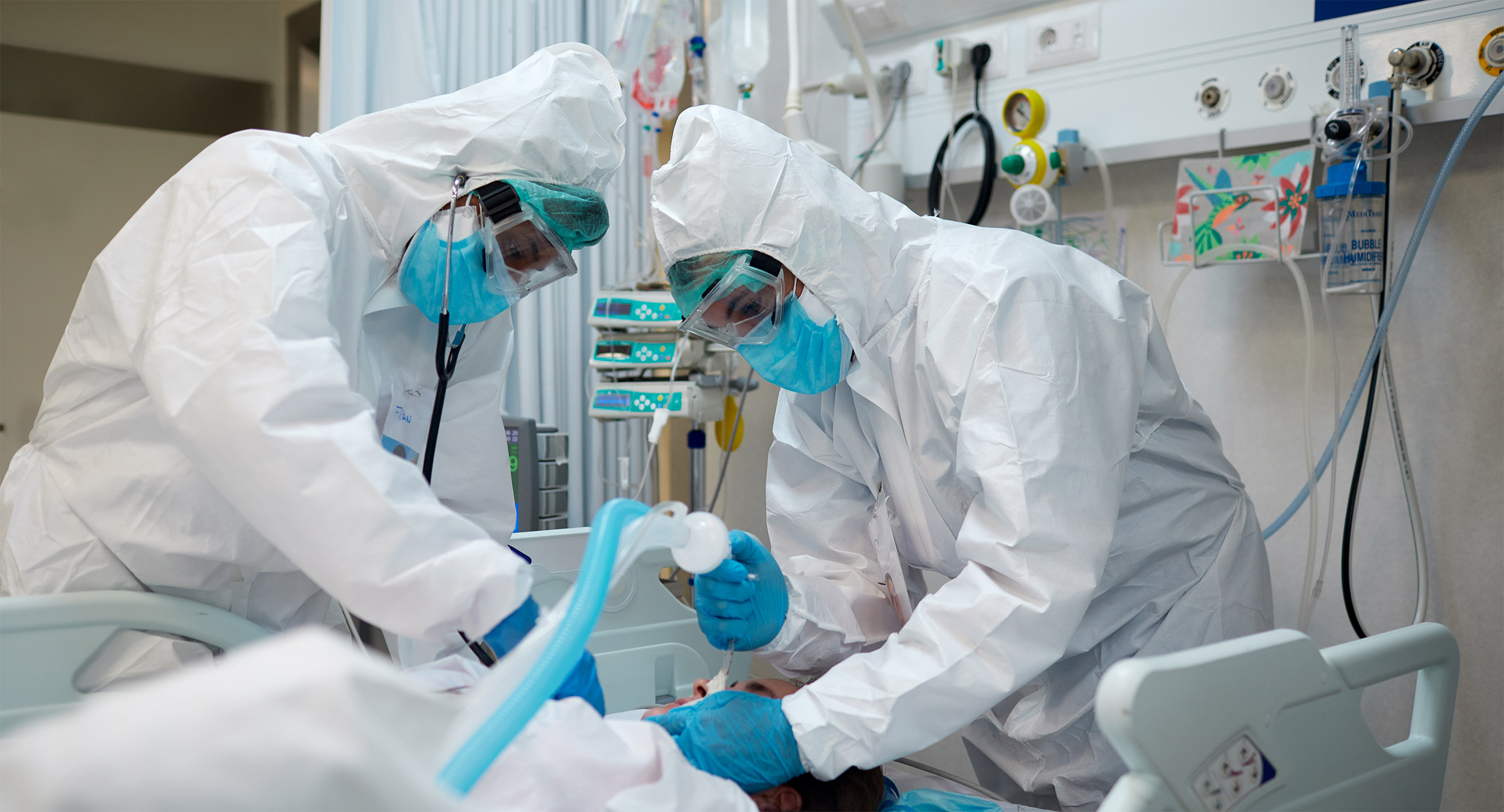
Nearly half of the COVID-19 patients who suffered laryngotracheal complications after extended ventilation experienced tracheal erosion and damage to the connection between the trachea and esophagus.
These findings — detailed in research published in November 2020 in JAMA Otolaryngology-Head & Neck Surgery — raise important questions about how to ensure high-quality care for intubated patients, a new letter to the editor in the journal says.
Despite a growing body of research on the molecular basis of the novel coronavirus, resulting lung inflammation, and on novel therapeutics, little has been done to examine device-related pressure injuries on the airway. So say Dr. Karthik Balakrishnan, Dr. Michael Brenner, and Dr. Alexander Hillel in a letter to the editor which appeared in JAMA Otolaryngology-Head & Neck Surgery in February.
“We suggest that increased interprofessional collaboration is necessary to limit progressing of early airway injuries to lasting breathing, swallowing and communication handicap,” the doctors concluded.
The letter to the editor was in response to the study, “Evaluation of the Incidence and Potential Mechanisms of Tracheal Complications in Patients with COVID-19." The study found 47 percent of COVID-19 patients observed experienced full-thickness tracheal erosion and tracheoesophageal fistulae — a statistic the authors called “staggering.”
These injuries often occur at the level of the tracheal cuff, with tissue injury possible wherever there is contact between a device and the aerodigestive tract, they wrote.
Three key recommendations came out of that research, which was conducted in Italy from March 1 to May 31, 2020:
Some injuries may result from a lack of knowledge around cuff pressures. International studies show that as many as half of intensive care clinicians are unaware of how to properly monitor and record cuff pressures, Balakrishnan and co-authors wrote.
The November study concluded preventing lesions early could prevent potentially life-threatening complications for ventilated COVID-19 patients.
Collaboration among healthcare professionals — including otolaryngologist-head and neck surgeons, pulmonologists, intensivists, nurses and allied health professionals — is needed to prevent permanent injuries, the authors wrote in response to the study.
Nursing staff can detect lesions, improperly positioned devices and other impending airway injuries, they noted.
Speech pathologists play a key role in early speech and swallowing rehabilitation, while otolaryngologists and intensive care teams ensure timely tracheostomy and treat complications associated with extended intubation.
A “culture of teamwork” is required to prevent long-lasting airway injuries for intubated coronavirus patients, the letter concluded.


